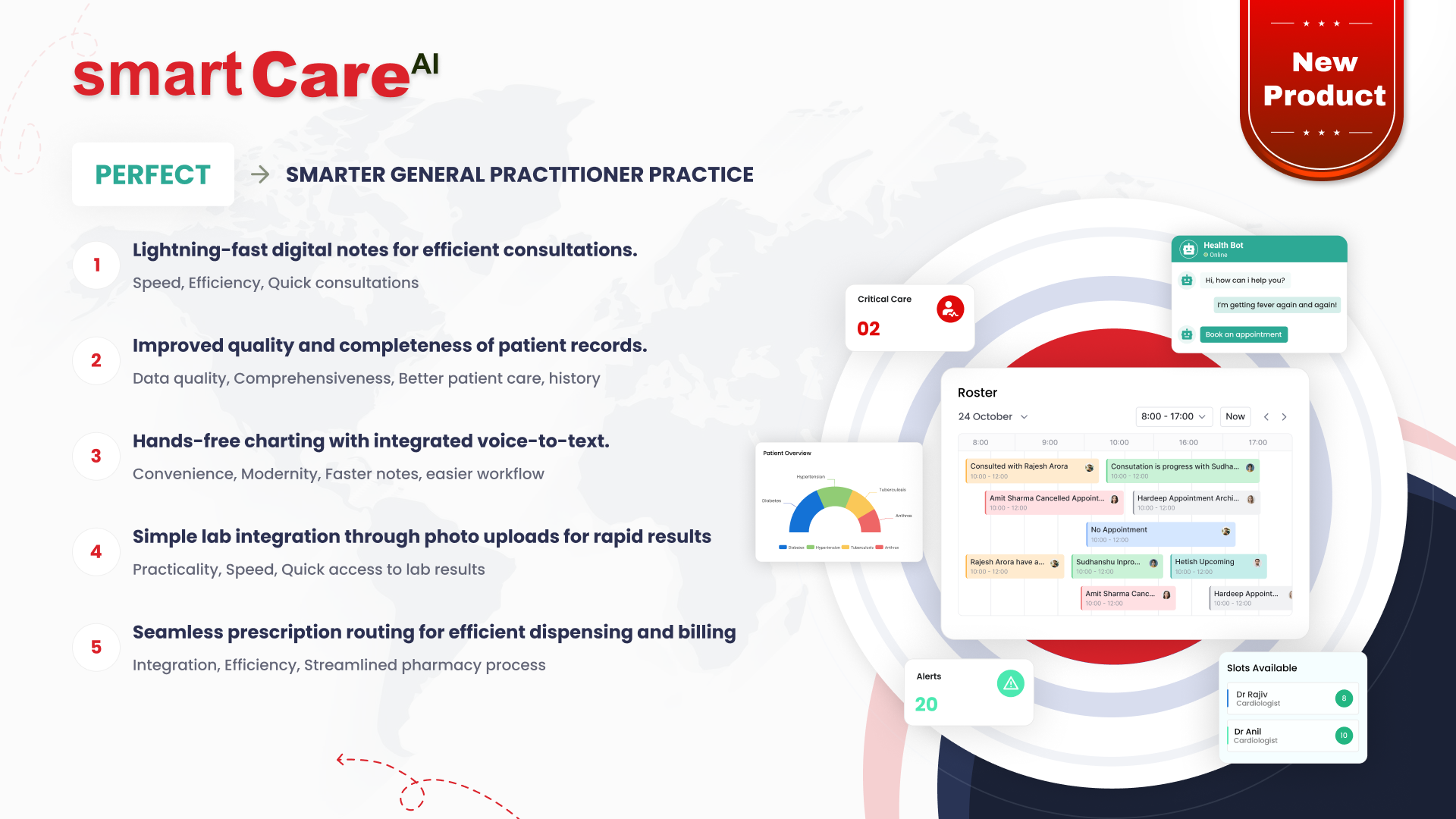
Posted On August 5, 2025
What Makes a Healthcare App HIPAA-Compliant?
In today’s digital age, healthcare apps are becoming an essential tool for patient engagement, remote consultations, and health tracking. However, any app that deals with protected health information (PHI) must comply with the Health Insurance Portability and Accountability Act (HIPAA). But what exactly makes an app HIPAA-compliant? Below, we explore the key components that developers and healthcare providers must understand.
What Does HIPAA Compliance Mean for Healthcare Apps?
HIPAA compliance ensures that healthcare providers, insurers, and any third parties handling patient data follow a strict set of rules to protect that data. For mobile apps, this means implementing both technical and administrative safeguards to ensure that PHI is collected, stored, and transmitted securely. Non-compliance can result in hefty fines, legal consequences, and loss of user trust.
Why Protecting Patient Data Is a Legal Requirement
Patient data is incredibly sensitive. It includes everything from personal identification to medical histories and treatment records. HIPAA mandates that this information is handled with the utmost care to prevent breaches, misuse, or unauthorised access. For healthcare apps, securing data at every stage—from login to storage—is not just a best practice; it’s a legal obligation.
Key HIPAA Rules Every App Developer Must Follow
HIPAA outlines several rules that app developers must keep in mind:
-
Privacy Rule: Ensures patients have control over their health data and know how it’s used.
-
Security Rule: Requires physical, technical, and administrative safeguards to protect electronic PHI (ePHI).
-
Breach Notification Rule: Mandates that users are informed when their data has been compromised.
Developers should integrate these rules into the app’s design and architecture from the very beginning.
How Secure Login and Access Control Keep Data Safe
One of the most important features of a HIPAA-compliant app is robust access control. This includes user authentication methods like strong passwords, biometric verification, and two-factor authentication (2FA). Role-based access controls should also be implemented, ensuring that only authorised users can access sensitive data based on their role in the healthcare system.
The Role of Data Encryption in HIPAA Compliance
Encryption is a key technical safeguard for any healthcare app. HIPAA requires that ePHI be encrypted both at rest (while stored) and in transit (while being shared or transmitted). Strong encryption protocols such as AES (Advanced Encryption Standard) for stored data and TLS (Transport Layer Security) for transmitted data help prevent unauthorised access, even in the event of a breach.
Why Audit Trails Matter for Tracking Access and Changes
HIPAA requires that healthcare apps keep a detailed record of all activities involving sensitive health data. This means logging who accessed what information, when it was accessed, and what changes were made. These audit trails are essential not only for accountability but also for identifying and responding to any data breaches or misuse.
A proper audit trail allows administrators to review user behaviour and ensure compliance with security protocols. It also helps during audits and investigations by providing a clear history of actions within the system.
How to Handle Data Sharing and Third-Party Integrations
Many healthcare apps work with third-party services such as cloud storage, analytics tools, or payment processors. HIPAA compliance doesn’t end with the app itself—it extends to all external systems that handle Protected Health Information (PHI).
Developers must ensure that any third-party service they use is also HIPAA-compliant and willing to sign a Business Associate Agreement (BAA). These agreements define how external vendors will protect the data they receive and what actions are required in the event of a breach.
What to Include in a Business Associate Agreement (BAA)
A BAA is a legally binding document that outlines the responsibilities of third parties who have access to PHI. To be compliant, your healthcare app must have BAAs in place with all vendors and service providers involved in processing or storing health data.
A solid BAA should include details about:
-
Security protocols
-
Breach notification timelines
-
Use and disclosure limitations
-
Termination procedures for non-compliance
Ensuring these elements are in place protects both the healthcare provider and the patient.
Testing and Monitoring: Keeping Your App Compliant
Compliance is not a one-time task. Healthcare apps must undergo regular testing and monitoring to maintain HIPAA standards. This includes vulnerability scans, penetration testing, and routine assessments of your data protection measures.
Monitoring tools can alert administrators to unusual activity, potential breaches, or policy violations. Regular updates based on testing outcomes help close security gaps and adapt to evolving cyber threats.
Common Mistakes That Can Put HIPAA Compliance at Risk
Even well-intentioned apps can fall short of compliance due to common oversights. These include:
-
Inadequate user authentication
-
Weak data encryption
-
Lack of staff training on privacy practices
-
Delays in breach notifications
-
Missing or incomplete audit logs
Avoiding these pitfalls requires ongoing education, regular audits, and a strong commitment to data security at every level of development and management.
Conclusion
Ensuring HIPAA compliance in a healthcare app involves much more than adding a few security features. It requires a comprehensive understanding of privacy rules, secure development practices, and ongoing monitoring to protect patient information. By focusing on these core areas, developers and healthcare providers can create reliable, trustworthy applications that safeguard sensitive health data.
For expert support in developing HIPAA-compliant healthcare solutions, visit smartdatainc.com.
